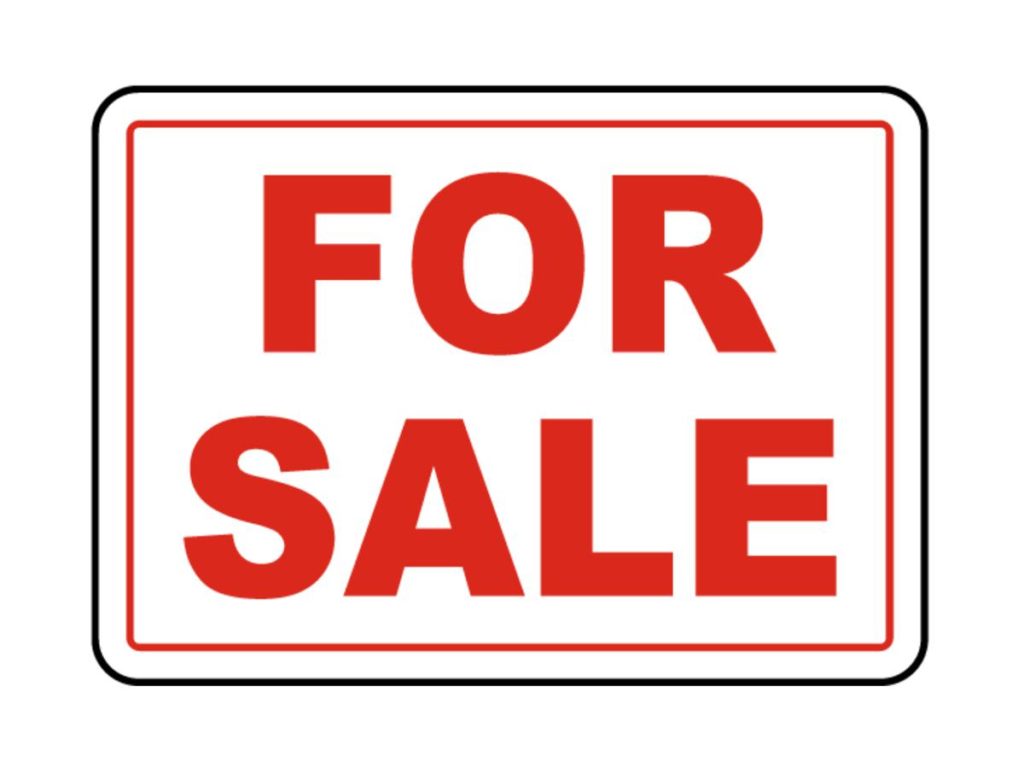How will you exit shop ownership?
Published

I hear a few different common possible exit plans for shop owners who eventually want to hand off ownership of their shop to someone else. Today I want to talk about the ideal way to execute your exit.
Maybe you have kids interested in taking over. Your employee or customer wants to buy you out when you’re ready to retire. Maybe you’ll sell your customer list and team to a competitor down the street.
The best way to make sure that you get the money you want from selling your business and ensure a relatively painless process is to plan, plan plan. If you don’t have an exit plan, now is the time to think of one. Working with the end in mind will make for better circumstances as you work towards the end of your career.
There are two strategies that I want to cover that represent different ways of planning for and executing your exit: a clean break, or a gradual partnership.
Clean break
If you’re selling to a competitor or a customer, this might be the right option for you. As you near your desired exit time, you’ll likely start looking around for potential buyers. If the right buyer is a competitor or a customer, then there probably won’t be a particularly long runway between you identifying them as a buyer and the actual sale, as there is more risk involved for your team, your competitors, and your other customers if word gets out that you want to sell. Your team could start leaving, your competitors will get more aggressive, and your customers will swarm you with urgency.
In the clean break strategy, you need to be prepared for this exit. Get your financials in order. Make sure you have processes and procedures documented. Get all your agreements on paper. All of these practices will increase the value of your business, especially in the situation where you’re looking for a quick sale transaction.
Gradual partnership
If you’re selling to an employee or keeping the business in the family, you can take your time, as your team, competitors, and customers know that the business will likely remain intact, even after you’re gone. Take the opportunity to work closely with your buyer over a long period of time, potentially even using an “earn out” or seller financing to let them buy into the business gradually while giving you additional cash flow and a tax benefit.
Let them help develop documentation, clean up your books, and be there as you negotiate contracts for your current agreements. This provides them with tons of valuable insider knowledge to enable them to continue your legacy and also gives you a helping hand in running the business even before you sell it.
Full disclosure: I am taking on a gradual partnership with one of my current clients. We are going to work together over the next few months to create profitability and efficiency while I buy the shop. I look forward to sharing progress on this structure and prove the concept. As I see success, I will be looking to take on more, similar opportunities on the West Coast in the coming year to take the torch and continue the legacy of some of the incredible shops I’ve seen.
Happy to talk about this opportunity if you’re interested.
In conclusion
Plan ahead for your exit. Make it an easy process for both you and your buyer.
Let me know how it goes – email me at arun@drivenperformanceadvisors.com.
Driven Performance Advisors
Driven Performance Advisors creates profitable, efficient, and stress-free $5M automotive aftermarket shops. Schedule a consultation at drivenperformanceadvisors.com. Subscribe to DPA Weekly at drivenperformanceadvisors.com/dpa-weekly/.
